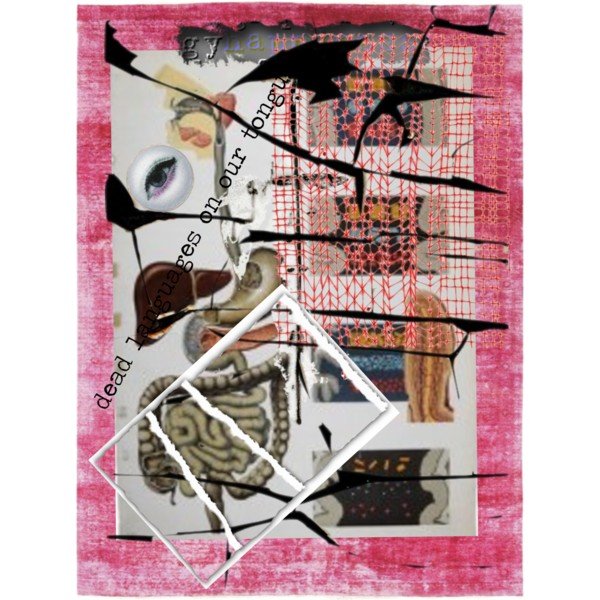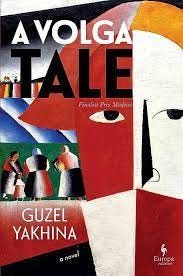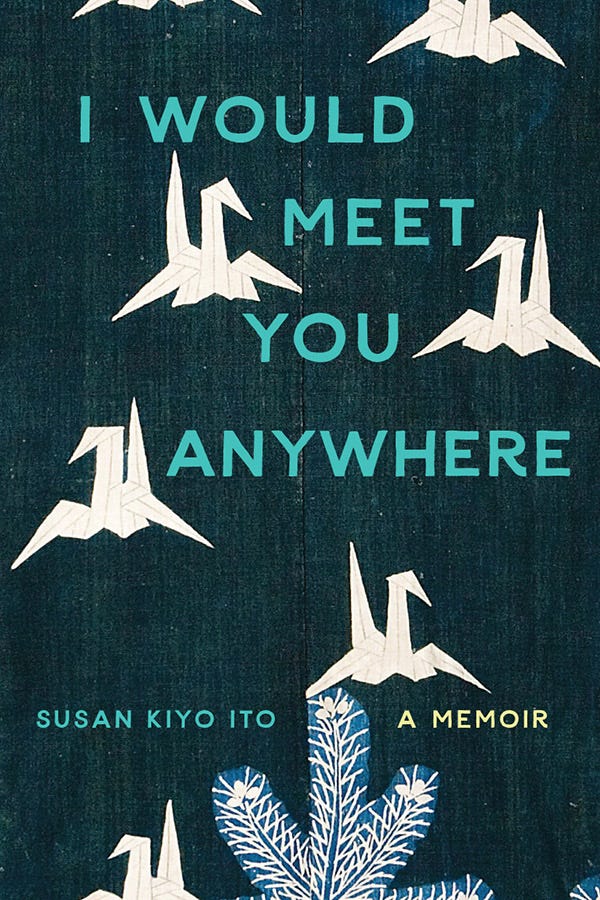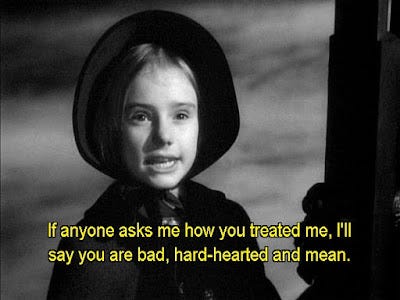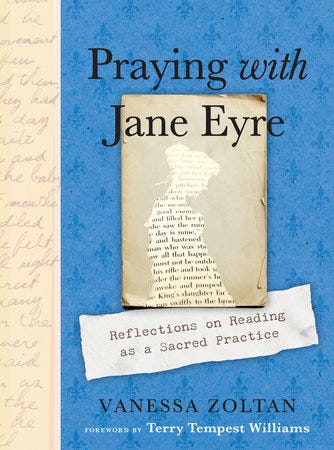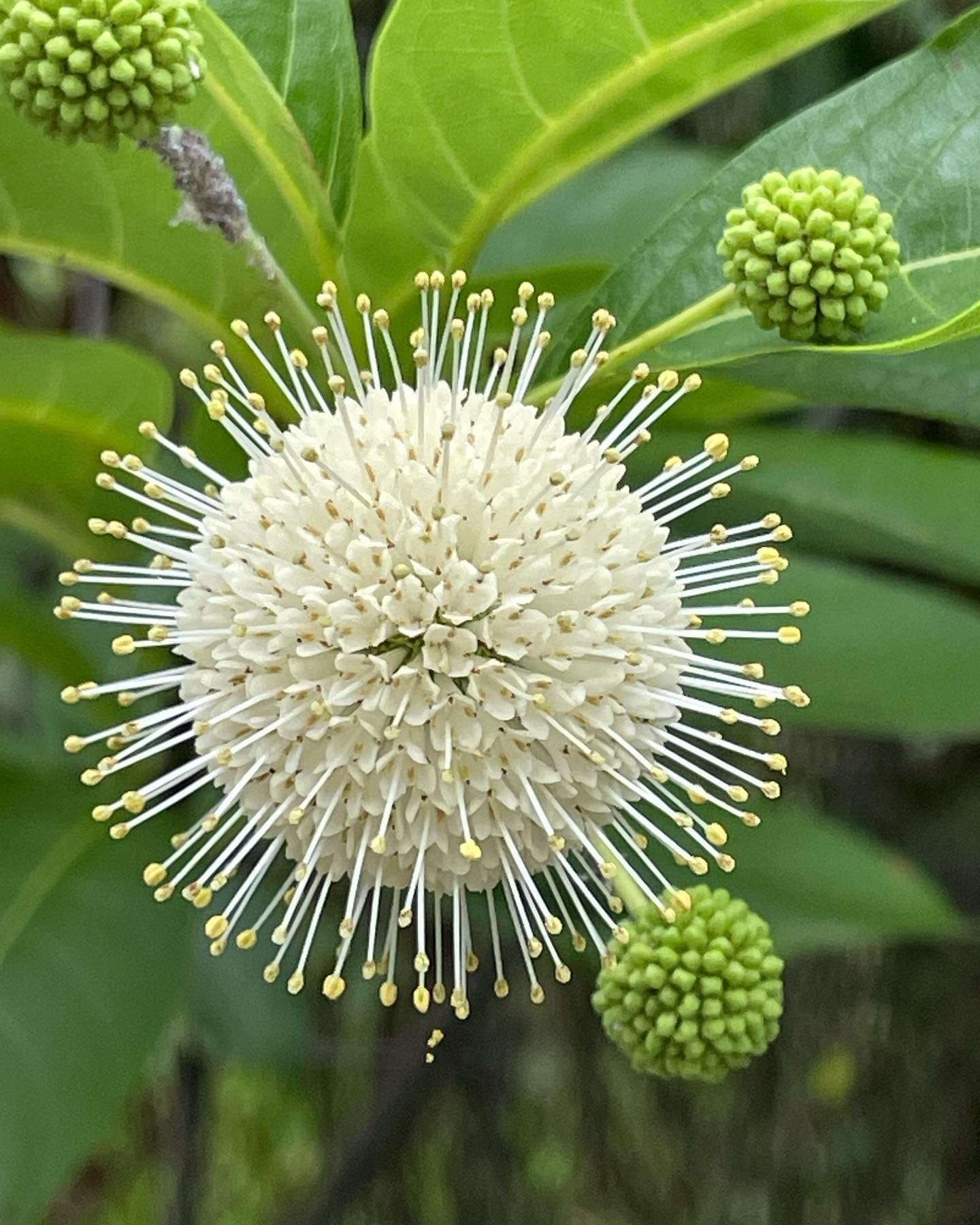On Rape Conception and the Audible documentary podcast, The Second Victim: Daisy’s Story
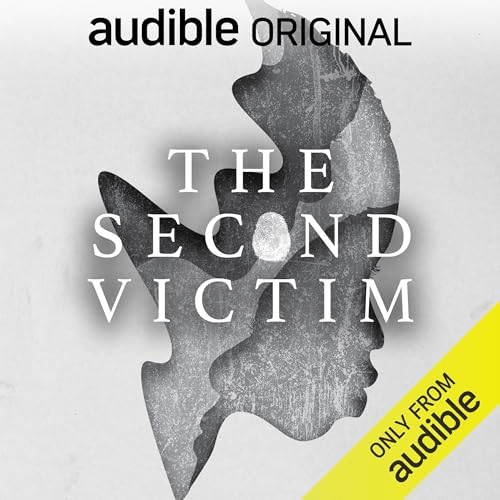
Do you remember how difficult it can be to talk about a subject when there’s no language or terminology for your own experience? Or when you’ve not yet found the language? Several years ago, Daisy (she uses this pseudonym to protect the identity of her mother) began posting on Twitter under the username rapeconception, offering necessary terminology for the experience of being conceived by rape. We chatted online, and then over Zoom during the first years of the pandemic, comparing the similarities and differences of our experiences.
My mother was fourteen when she became pregnant with me; Daisy’s was thirteen. We were both put up for adoption, me in the U.S. and Daisy in the U.K. Daisy’s a Black woman who was adopted by a White family, and I’m a 97% White woman adopted by a mixed Jewish and Catholic family — which, believe it or not, was called a “mixed marriage” in the mid-twentieth century.
Our biological fathers were both well into their adulthood at the time of our respective conceptions. In 2015, a DNA genealogist determined mine was one of two brothers, the younger of whom was ten years older than my fourteen-year-old mother. I’ve sent letters and emails to the brother who is still alive. These have gone unanswered. I’ve imagined strolling by his house and asking him about his garden as a way of getting him to talk to me. All I do is imagine; I take no further action.
Daisy’s father was also an adult, much older than her 13-year old mother. It takes a person of courage to bring another person to justice, whether through the law or through a private conversation. I am not that person, but Daisy is. Her activism on behalf of rape-conceived people changed the law in the U.K.
Daisy worked with the Centre for Women’s Justice to develop “a set of proposals that would recognise children conceived in rape, legally, as victims of crime, and entitle them to specialist care and support.”
So how many victims are we talking about? The proposals that became Daisy’s Law were inspired by Daisy’s personal experience and activism, but they relied on research and data as well. One study showed that in 2021, for example, between 2,080 and 3,356 people were conceived via rape in England and Wales. This estimate was based on calculations of the likelihood of conception after intercourse in rapes reported to law enforcement.
Rape is a notoriously underreported crime. A 2018 study in the United States found that 2.4 % of women reported experiencing rape-related pregnancy. The number of these pregnancies that women are forced to carry is likely on the increase in the United States. A 2024 research letter published by the Journal of the American Medical Association estimated that 64,565 rape-related pregnancies have occurred in the 14 states that have enacted abortion bans since the U.S. Supreme Court gutted abortion rights in 2022.
The limited research on rape conception has shown an increased prevalence of negative developmental and educational outcomes for children conceived by rape. Daisy’s Law now recognizes rape-conceived people as victims in U.K. rape cases and makes victims’ benefits available to them. She tells her story of moving from awareness to activism with courage and compassion in the Audible documentary podcast, The Second Victim, released in November of 2023.
The Second Victim begins with Daisy’s early memories of being a Black girl adopted by a White family and living in a White community in England. At a very young age, Daisy struggles with a sense of disjointedness, the paradox of being singled out and also invisible. When she begins asking questions about her birth parents, she senses another complication, one that’s under the surface of her visible differences from the White people surrounding her, but she doesn’t quite have the language for it yet.
Daisy narrates her own story in her intelligent and expressive voice. She’s joined by people who have been close to her during her search for justice, who add their voices and observations. As someone unfamiliar with podcasts, the listening experience took me a bit by surprise; the added sound effects made the experience more like a film than an audio book by encouraging my brain to visualize conversations and events. Daisy’s story is dramatic in its scope as it tracks her journey through closed doors and roadblocks to find her truth and to achieve some measure of justice and support for people who were born from rape.
Like rape itself, rape conception has long been stigmatized, underreported, and kept a secret. Unveiling the secret brings it into the light of examination, which can benefit everyone. Thank you, Daisy.
